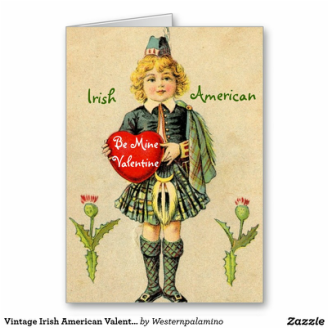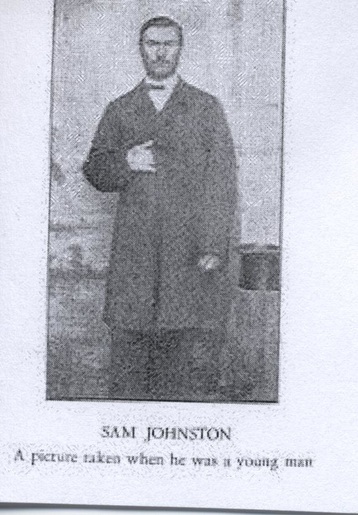When conflict is rife with political turmoil, sectarian enmity and cross border hostility, there is no more welcome relief than a good old fashioned love story.
One such story originally appeared in the Welland Tribune of May 2, 1867.
Patrick O'Reilly, a handsome twenty-four year old discharged American soldier, had left his saddler's trade to join the Fenian army of liberation. He fought in the Battle of Ridgeway, and at the close of the engagement took a musket ball in his side.
When the Fenians left the field to retreat to Fort Erie, O'Reilly tried to keep up but after awhile fell behind. Overcome by the loss of blood he staggered to the door of a farmhouse about four miles from the Niagara River, and begged to be cared for and concealed from the redcoats.
The only person home at the time was one of the farmer's daughters. The farmer, along with the other men in his family, had been called away to look after horses which had been stolen by the Fenians. The girl took pity on O'Reilly, and knowing that once her father came home he would be turned over immediately to the authorities, decided on her own course of action. She concealed him in a disused barn some distance from the house, dressed his wound and supplied him with food and comfort for a week until he was able to travel.
With the girl's guidance, O'Reilly was able to evade the Canadian sentries and militia and escaped back to Buffalo. After his departure she fell into a deep melancholy, and her family despaired for her wellbeing.
Some time passed and one evening a peddler called at the farmhouse and asked for a night's lodging. His request was granted and he retired early to bed.
When morning dawned the peddler was gone, and the girl as well. Her family remembered that she seemed to know the peddler, and had been agitated by his appearance. A couple answering to their description were seen driving toward the Suspension Bridge that same morning.
Two days later a notice in the Buffalo papers contained an announcement of their marriage.
The girl's parents were mortified at the elopement and subsequent turn of events. The Tribune reporter felt honour bound not to provide the girl's name.
One such story originally appeared in the Welland Tribune of May 2, 1867.
Patrick O'Reilly, a handsome twenty-four year old discharged American soldier, had left his saddler's trade to join the Fenian army of liberation. He fought in the Battle of Ridgeway, and at the close of the engagement took a musket ball in his side.
When the Fenians left the field to retreat to Fort Erie, O'Reilly tried to keep up but after awhile fell behind. Overcome by the loss of blood he staggered to the door of a farmhouse about four miles from the Niagara River, and begged to be cared for and concealed from the redcoats.
The only person home at the time was one of the farmer's daughters. The farmer, along with the other men in his family, had been called away to look after horses which had been stolen by the Fenians. The girl took pity on O'Reilly, and knowing that once her father came home he would be turned over immediately to the authorities, decided on her own course of action. She concealed him in a disused barn some distance from the house, dressed his wound and supplied him with food and comfort for a week until he was able to travel.
With the girl's guidance, O'Reilly was able to evade the Canadian sentries and militia and escaped back to Buffalo. After his departure she fell into a deep melancholy, and her family despaired for her wellbeing.
Some time passed and one evening a peddler called at the farmhouse and asked for a night's lodging. His request was granted and he retired early to bed.
When morning dawned the peddler was gone, and the girl as well. Her family remembered that she seemed to know the peddler, and had been agitated by his appearance. A couple answering to their description were seen driving toward the Suspension Bridge that same morning.
Two days later a notice in the Buffalo papers contained an announcement of their marriage.
The girl's parents were mortified at the elopement and subsequent turn of events. The Tribune reporter felt honour bound not to provide the girl's name.


 RSS Feed
RSS Feed